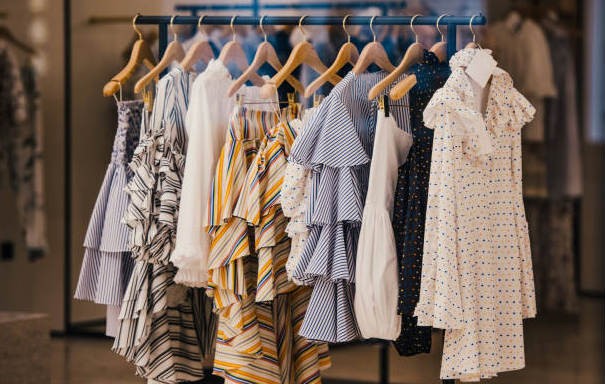The Evolution and Essence of Women’s Clothing
The Evolution and Essence of Women’s Clothing
Blog Article
Women's clothing is more than an essential requirement. It is a constantly evolving art that reflects societal values, personal expression, and a particular cultural personal identity. In the past, the designs, materials, and purposes of the women's clothes have changed drastically, being influenced by the past, geography, and technological innovation. From lavish gowns of European royals to the minimal design of the modern day the women's clothes have always adapted to the shifting roles and aspirations of women's roles in the world. In the present, fashion does not just celebrate the diversity of its customers but also empowers women to make choices which reflect their personal style and value. Fashion for women is a constantly evolving and vital aspect of our culture.
The development of clothing for women is intimately connected to cultural and historical shifts. In ancient times, clothing was primarily functional, made to safeguard and offer convenience. As time passed, clothing were used to symbolize the status of an individual, their power as well as a sense of cultural personal identity. As an example, the flowy togas worn by the ancient Rome symbolized sophistication and wealth as well as the extravagant hanboks worn in Korea reflected elegance and tradition. In the early 20th century, the flapper dresses of 1920s reflected freedom and unrest in the 1920s, when women challenged boundaries against traditional norms. Fashion is constantly evolving, and embracing inclusivity, sustainability, and innovations, catering to women of diverse backgrounds and lifestyles. The constant change in fashion demonstrates how clothing adapts to the constantly changing roles and demands of women.
Cultural diversity plays a significant role in shaping women's clothing, adding depth and variety to the global fashion landscape. The traditional attire, like saris in India, hanboks in Korea, and kimonos in Japan are a celebration of the rich heritage and artistry from different areas. These garments often feature intricate craftsmanship, vibrant colours, and symbols which have a cultural meaning. While traditional clothing remains a cherished part of many cultures, contemporary fashions have seamlessly blended heritage with contemporary styles. This has led to a new era of clothing that is respectful of tradition but also embraces influences from all over the world, allowing women to celebrate their roots while staying stylish.
The growing trend towards eco-friendly fashion has had a a significant impact on pavine clothing store popularity in recent time. With growing awareness about environmental concerns, many women are choosing clothing made from eco-friendly fabrics and ethical production methods. Fashion houses have responded to this need by offering sustainable designs with a focus on transparency and responsible consumption. Upcycling, second-hand clothing, and minimalist wardrobes are becoming increasingly fashionable, reflecting a shift towards conscious consumption. This trend not only benefits our planet, but it also promotes creativity, as women find unique ways to express themselves through sustainable choices. This movement represents a shift of how clothes are considered and consumed. To gather more details please read review
The empowerment of women through fashion has been a frequent theme throughout history. Fashion has often been a tool for challenging societal norms and redefining the roles of women. In the case of trousers, for instance, the wearing of women's trousers in the early 20th century represented a call towards equal rights and equality for women. Nowadays, the trend towards body-positive clothing and the inclusion of sizing for women of all sizes and shapes to feel represented and confident. Fashion has evolved into a means for expression, allowing women to show their true self and celebrate diversity. declare their beliefs and identity.
Women's clothing is a dynamic and essential part of the culture, history, and the expression of oneself. It's an instrument that women have used to navigate the changing times of society, embraced their traditions, and expressed their uniqueness. From classic clothes that reflect traditional roots, to the latest eco-friendly fashions that reflect an environmental commitment Women's clothes continue to change with the changing gender roles and goals of women. In a world that embraces change, inclusivity, and ethical ways of doing business, it reinforces the long-standing connection between style and the empowerment of women. The truth is that women's clothes are not just a piece of clothing, it is an enduring and vibrant display of the variety of women, their resilience, and the creativity of women all over all over the world.